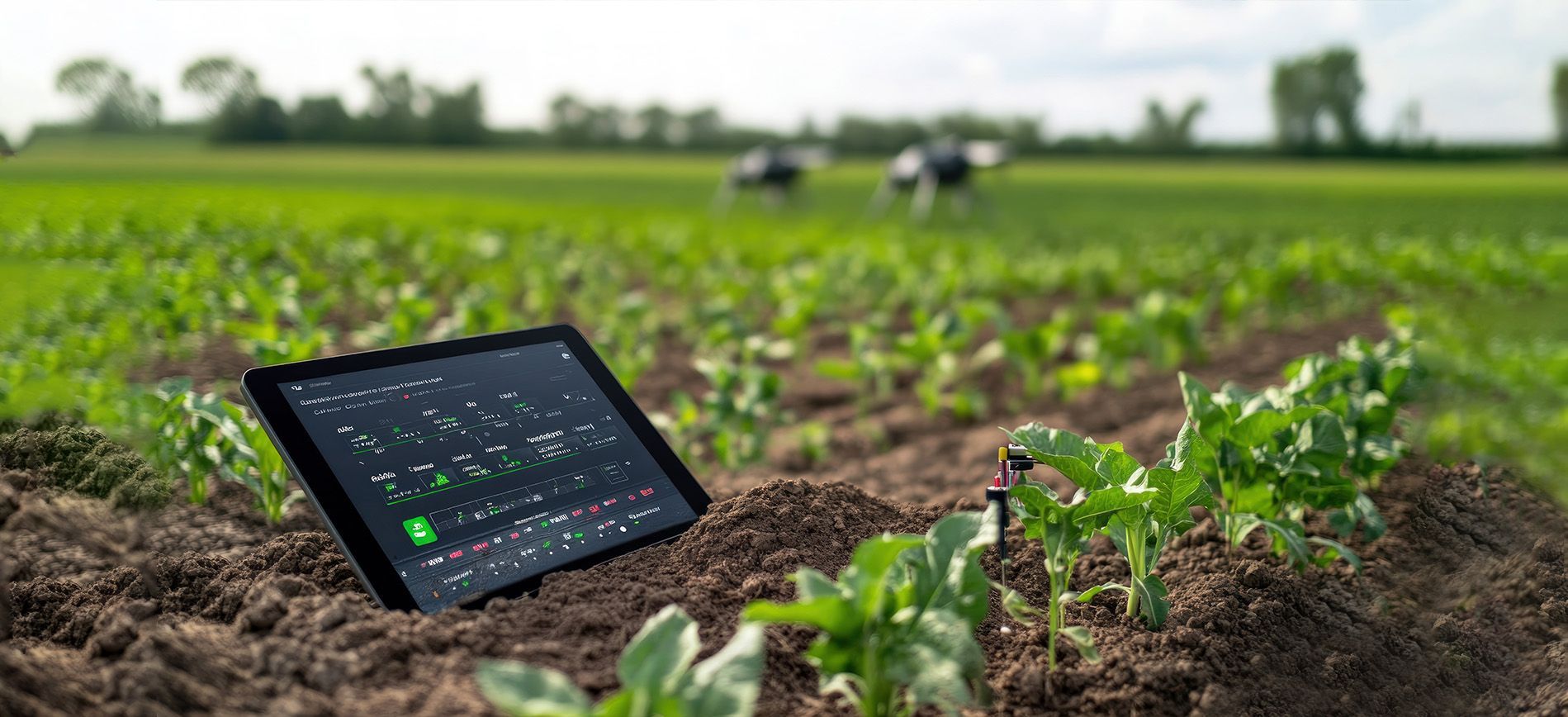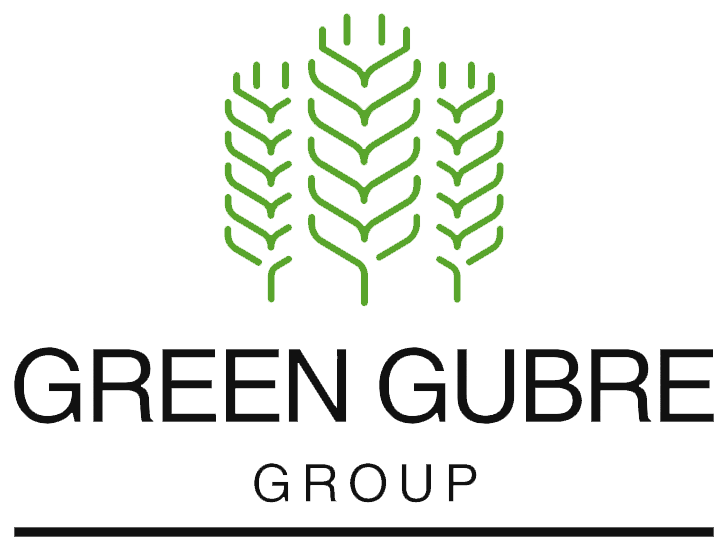Navigating Global Urea Trade in 2025: Key Price Trends and Market Drivers
Navigating Global Urea Trade in 2025: Key Price Trends and Market Drivers

Navigating Global Urea Trade in 2025: Key Price Trends and Market Drivers
The global urea market remains a critical component of the agricultural industry, serving as the most widely used nitrogen fertilizer. In 2025, the trade dynamics of urea continue to evolve, influenced by factors such as production costs, international trade policies, freight rates, and sustainability regulations. This blog explores the key drivers affecting urea prices, regional demand trends, and what to expect in the year ahead.
Understanding
Urea’s Role in Agriculture
Urea (CH₄N₂O) is an essential nitrogen fertilizer, providing crops with the necessary nutrients to promote growth and high yields. Due to its high nitrogen content (46%), urea is preferred in modern agriculture for its cost efficiency, ease of handling, and global availability.
Key Price Trends in 2025
1. Energy Prices and Production Costs
Urea production heavily depends on natural gas, which accounts for approximately 70-80% of its manufacturing cost. In 2025, fluctuations in global natural gas prices, particularly in significant production regions such as the Middle East, North America, and Russia, significantly impact urea pricing.
2. Shifts in Global Trade Flows
- India: As one of the world’s largest urea importers, India’s fertilizer procurement strategies, including government tenders, influence global prices.
- Brazil: A major consumer, Brazil’s demand is driven by its growing agricultural sector and reliance on imports.
- Southeast Asia & Africa: These emerging markets are increasing their urea demand due to expanding agricultural activities and government-backed fertilizer subsidy programs.
3. Freight Rates and Logistics Challenges
Shipping costs significantly impact urea pricing. In 2025, disruptions in maritime logistics, fuel price fluctuations, and container shortages continue to affect transportation costs. Key global ports such as Rotterdam, New Orleans, and significant Middle Eastern export hubs are crucial in determining pricing differentials.
4. Geopolitical & Trade Policies
- Export restrictions and tariffs imposed by major producers like China and Russia affect global availability.
- The EU’s Carbon Border Adjustment Mechanism (CBAM) introduces compliance costs that impact urea trade with Europe.
- Sanctions on specific fertilizer-exporting countries create supply chain bottlenecks, shifting trade flows.
Regional Demand Outlook
1. North America
Urea demand in the U.S. and Canada remains stable, with significant domestic production supporting local agriculture. However, import demand fluctuates based on domestic production costs and international price competitiveness.
2. Europe
The European fertilizer industry faces strict environmental regulations and increasing production costs. As a result, imports from the Middle East and North Africa (MENA) region remain crucial to meeting agricultural needs.
3. Latin America
Brazil leads the region in fertilizer consumption. Government policies and agricultural growth determine urea demand, and import volumes shape global price trends.
4. Asia & Africa
With growing agricultural sectors, Asia and Africa remain key urea markets. Infrastructure improvements in fertilizer distribution help facilitate increased demand, making them strategic markets for exporters.
Sustainability & The Future of
Urea Trade
As sustainability becomes a key focus, the fertilizer industry is seeing:
- Increased investment in green ammonia and low-carbon urea production.
- A shift toward enhanced-efficiency fertilizers (EEF) to improve nutrient uptake and reduce environmental impact.
- Greater scrutiny on carbon emissions in fertilizer production.
Conclusion
Navigating the global urea trade in 2025 requires a deep understanding of price trends, supply chain challenges, and regulatory changes. Energy prices, trade policies, freight rates, and sustainability initiatives continue to shape the industry’s landscape. Stakeholders, from producers to importers, must stay informed and adaptable to market shifts to secure supply stability and cost efficiency.
Would you like further insights into regional breakdowns or trade forecasts? Let us know in the comments!




